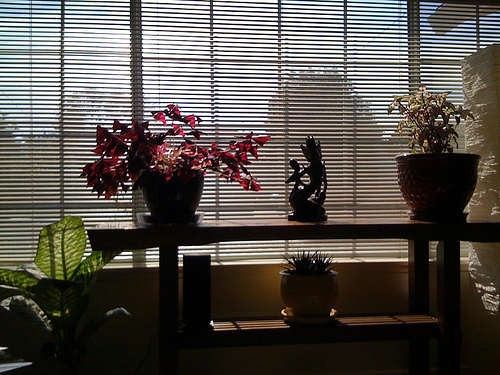The Mental Health Week 2012 is here and just like last year (We highlighted 7 most effective Mental health tips during mental health week 2011), this year again we have a post a day lined up for you for all the seven days. The theme we have decided to focus upon this time is mindfulness exercises, to help you understand how to be mindful. So every day, for a week starting from today, you will have one technique, one practice or exercise that you can reflect upon and attempt to enhance the joy of just living-mindfully.
For those of you who are reading about mindfulness for the first time reading this (about mindfulness) will help you understand better how to be mindful.
Why And How Does A Mindfulness Exercise Help?
Let me talk first about how it helped me- my first hand experience with mindfulness! The practice of mindfulness has been very close to me both as a person and as a therapist. It has helped me as a person to just be in the ‘here and now’, absorbing, accepting and staying with whatever the present moment has to offer. It could be joy, pain or mere neutrality. In fact in time I learnt to not even label or analyze what it is that is there in this moment. So I just eat, or stand and watch, or just drink green tea (my favourite mindfulness time) or just breathe… basically “just be…” Of course I am not able to do it all the time but I very consciously do it sometimes, when I realize my mind is overwhelmed with thoughts. What has gradually happened over years of adopting this practice is, my mind naturally stays in the moment more and strays away less. I am not much distracted and can mostly be absorbed in whatever I am doing in the present… and that is a very freeing, spacious feeling.
Some of these mindfulness practices that other Inner Space therapists and I will share with you through the coming week have a solid basis in scientific research too. As I felt personally helped and convinced, I integrated these practices into the larger framework of my therapy sessions and they were of tremendous help to most people who regularly practiced them.
Getting The Right Mindset Before Knowing How to Be Mindful
Before I introduce you to the first exercise, I want you to know that being mindful is both very easy and not so easy at the same time. How easy it is depends on how much you judge yourself and what you expect out of it. If you expect that the moment you decide to still your mind and focus, you will immediately be able to do it and if you can’t, it means this isn’t working or it isn’t meant for you, then you may feel disappointed and may even let go of attempting it altogether. In that case you will have missed giving a beautiful, joy inducing, freeing practice a chance to help you.
I’m saying this to create a realistic perspective before you start with any of the practices that follow through the week. If this is the first time for you, you might find yourself distracted, bored, full of thoughts or unable to focus. Often even if it is not the first time for you, all this may still happen. That is the real nature of the human mind. The idea is not to judge how well you can do it, but to just allow the mind the space to observe what is happening with it- to observe its restlessness, its distraction and to accept it. So, here goes..
How to be Mindful? – The First Mindfulness Exercise: Simple Awareness Through Looking Around
To start with, I want to introduce a very simple activity today of awareness. Awareness of things as they are, as you can see them. Here is a general guideline:
Take five minutes today and get aware of what is really around you. Sit in a comfortable place with timer or an alarm for five minutes (so that you don’t keep looking at the watch instead of doing the practice). Do nothing but just know and see. The key for most mindfulness exercises is to be slow…
Slowly look around you at one thing at a time. If you are in your living room, observe the floor, all the marks on it, the real color of the tiles, the dirtier and the cleaner areas.
Then slowly you can observe the walls, a little bit at a time, the decor, the sofa, the colors, the designs, the prints, the forms, the gadgets, the plants or anything that is there in your room. Observe each part of the wall or each piece of furniture for a while without any hurry to move away. You can then move to the ceiling. Again very slowly move your gaze, a part at a time, across the ceiling. Watch the color as it differs from the walls, the fans and lights, the cobwebs if any.
Once you are done, just observe how you feel now, how does your mind feel with this attempt to stay in the present.
This is just a general guideline on how to do this process. You can observe whatever catches your eye. You may find yourself distracted, worrying about cleaning the cobwebs or feeling upset with your child who has been littering the floor or fretting about the peeling paint. That could happen or other thoughts could occupy your mind while you try to mindfully observe. Like I said earlier, It is important not to judge yourself but to just know that these thoughts have come and that its okay for them to come and go as you get back to observing slowly, watching one thing and then another.
Do let us know through your comments how your experience with this practice was…Enjoy.
Post contributed by: Sadia Raval

